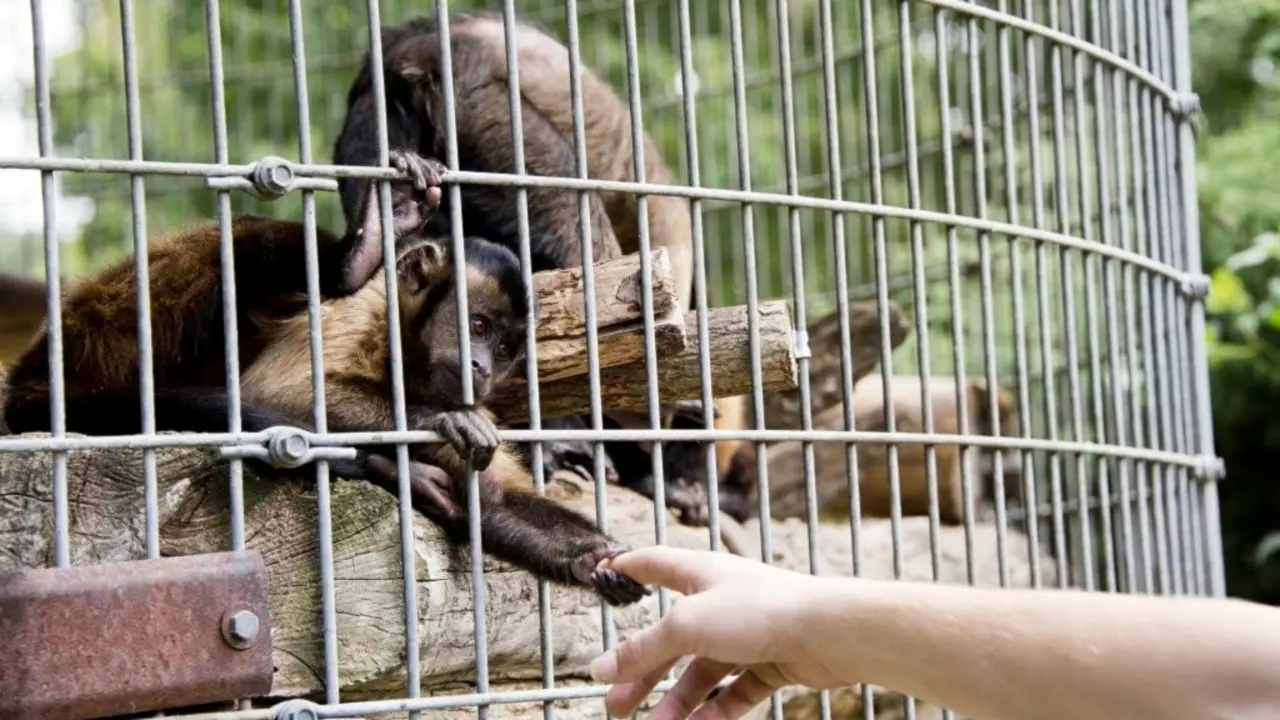1 Aug
2023
How do zoos procure animals?

The Colorful World of Zoo Acquisitions
Have you ever found yourself sitting back on a lovely day watching the flamingos at the zoo, and you think to yourself--"Gee, Aldric, where do zoos actually get their animals from?" You haven't? Oh, well... neither have I! Still, pondering this question far too late into the night recently, I did wonder, "How do zoos procure animals?" So, I did a bit of digging around. Boy, it's a wild ride! No pun intended.
Like all things in life, there's no simple ‘Purchase-Now’ button for zoos to click and procure their animals. The animal procurement scheme is quite complex, given these acquisitions must adhere to strict regulations and standards to ensure the well-being of all creatures involved.
Animal Exchange Programs and Breeding
An interesting way that animals find their way into zoos is through a kind of “animal trade system.” Bet you've never heard of that one! Yes, zoos actually exchange animals between each other, often as part of a global Species Survival Plan (SSP) program, to further conservation efforts. This is one of the key topics in any late-night conversation debate about animal procurement and zoos.
These programs are designed to manage the breeding of specific species in order to maintain a healthy and self-sustaining population that is both genetically diverse and demographically stable, much like my wife Delilah's robust range of houseplants. But, Delilah, I must remind you, we're discussing zoo animals here, not your fern fads!
The Role of Captive Breeding
The next big part of the animal procurement puzzle is something called captive breeding. These are programs within zoos that serve the same purpose as the aforementioned SSP, but on a smaller scale. Most modern zoos have the capabilities to breed their animals in-house, and in fact, many animals born in zoos never leave that same facility. So they're essentially born and raised in a lovely resort-style accommodation. Not too shabby for a life of relaxation, eh?
These captive breeding programs offer a lifeline to endangered species. They serve as insurance populations to minimize the risk of extinction. We’ve all seen our fair share of cute baby animal videos, but know that those dramatic ‘aww’ moments capture a unique effort in the conservation and survival of diverse species.
The Importance of Animal Rescues
Another main avenue of animal arrival is through animal rescues. Rescued animals often find safe havens in zoos. Whether it is an injured falcon, an orphaned kangaroo, or a sea turtle affected by pollution, zoos bring these beautiful creatures in and nurse them back to health. It's like a hotel for animals with a built-in rehab center. Sound fancy, huh?
Many of these rescued animals, once healthy and rehabilitated, are unable to return to the wild due to a number of potential reasons: lingering injuries, imprinting on humans, or loss of habitat. In these cases, zoos often offer permanent homes, giving these animals a chance at a safe and comfortable life.
Animal Auctions and Private Traders
A smaller part of the pie, but worth mentioning, is the role of animal auctions and private traders. These enterprises deal with exotic animals that are legal to trade, and zoos sometimes utilize these platforms to obtain certain species. However, this is generally less common due to the ethical complexities and financial costs associated with these options. Plus, who likes bidding wars, anyway? It's all a bit too dramatic for my liking.
It’s important to note that responsible zoos always ensure any animals they acquire in this manner are sourced ethically. They perform detailed checks to ensure that the traders or auctions considered follow legal and humane processes.
The Art of Field Studies and Relaxation
Last on our list but not least, we have field studies. Many zoos acquire animals through their own research expeditions in the wild. These field studies by zoos provide vital data about wild populations, and sometimes these missions result in an animal entering a zoo's collection, particularly if that individual is in need.
This specific adventure reminds me of one of my own escapades. Now, remember, I'm no zoologist, but my wife, Delilah once had me on a wild goose chase to find a rare exotic butterfly for her collection. We travelled down to South America, backpacking through the wilderness for days. It was quite the journey. While we didn’t catch any butterflies (and Delilah was slightly disappointed), we learned a great deal about the immeasurable beauty of the natural world. And let's be honest, life is all about the journey, not the destination, right?
So there you have it, folks. That’s how zoos procure animals. From SSP programs to auctions and field studies, the whole process is quite elaborate, isn't it? It’s not as simple as getting a goldfish from a pet store! It’s a riotous mixture of rescuing, trading, breeding—and on rare occasion, tracking down elusive critters in the wild. It’s captivating, supports the conservation of many species, and it's laugh-out-loud ludicrous at times--but it’s how we get to marvel at the creatures from all corners of the globe in our local zoos. Now, isn't that wild?
Write a comment ( All fields are required )